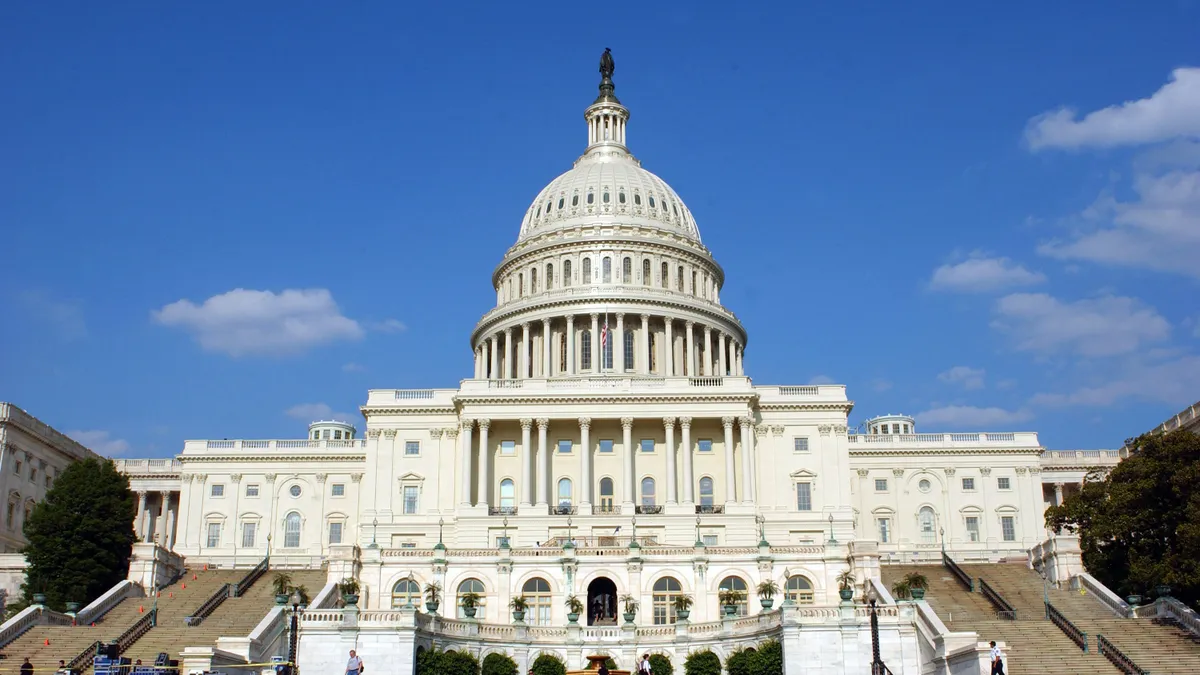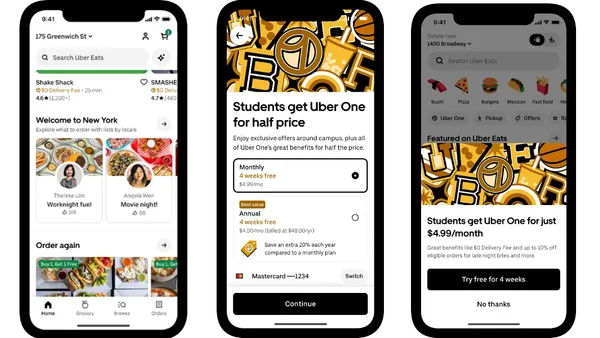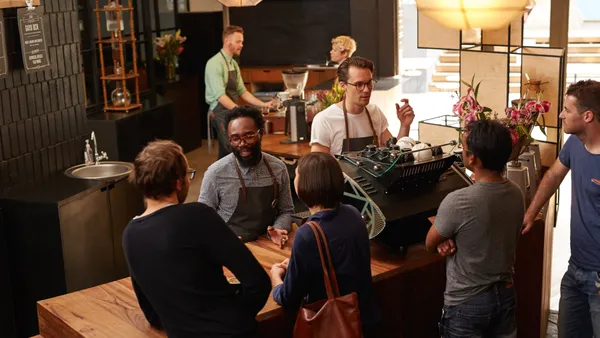The following is a guest post by Ben Pryor, head of innovation of point-of-sales company SpotOn.
It seems Washington is walking out on the restaurant industry. This week, Congress indicated it would not replenish the Restaurant Revitalization Fund as part of the omnibus spending bill which would have served as a lifeline for nearly 200,000 neighborhood restaurants and bars in the United States. The package will fund the federal government after Friday. For the last two years, independent restaurant owners have had every conceivable, and inconceivable, challenge thrown at them — from masking, capacity limits, and closures to a labor shortage and insanely high food costs paired with unbelievably sluggish supply chains. And now this.
For thousands of restaurants, the RRF was the only thing saving them from flipping their signs to permanently closed. According to the Independent Restaurant Coalition, 42% of businesses that did not receive RRF grants say they were in danger of filing for, or have filed for, bankruptcy. Even among those that have received RRF grants, 20% still say they're at risk. In my thirty years in restaurants, I've never seen the industry so close to the brink.
But here's the thing about restaurant entrepreneurs: You give them hard times, they work harder than ever. Through grit, heart and hustle, independent restaurant owners have managed to survive and stay in the fight alongside well-capitalized corporate chains. Independent restaurant owners are the ultimate underdogs, and this pandemic has proven it more than ever.
Do we need the government to step up? Absolutely, unequivocally yes. But guess what? Restaurant owners can't keep waiting. And those of us in the industry need to do more than call on the government to act. We need to find ways to improve the basic economics of the hospitality industry and help show owners and operators how to maximize what they have within their control.
Before COVID-19 hit, profit margins for full-service restaurants with a single locations averaged 6.2%, according to an IBISWorld report. This figure is representative of the long-held perception that single-digit profit margins are the norm. Unsurprisingly, the pandemic has made those slim profit margins even slimmer.
Restaurant owners are working hard — really hard — but the sad truth is that hard work alone isn't enough to improve their bottom line. Hard work can't cut the commissions from third-party apps. Hard work can't get staff off the clock sooner by settling tips faster. Hard work won't get tickets to the kitchen and food to guests more efficiently. But, when hard work and hard-working technology come together, restaurant profit margins can grow from the 5-7% profit margins that this industry has come to expect to the double digits that this industry deserves.
To be clear, technology for technology's stake isn't going to move the needle here. It must be three things to actually set restaurants up for long-term success:
-
Human friendly. We're in the hospitality business, and technology must elevate the guest experience. We're also facing one of the industry's worst labor shortages in decades, so tech also needs to make life easier — and more profitable — for staff.
-
Flexible. It must allow owners and operators to work incrementally, implementing what they need when they need it. Add a tool, add to the bottom line —half-a-point here, two points there. Use reporting insights to inform scheduling and menu planning, and save on labor and food costs.
-
Cloud-based. Implementing new tech in a restaurant is no small endeavor, so it needs to be built for whatever the future brings. That means an open system that can readily adapt and integrate with other technology.
Restaurants are constantly growing and evolving. Having access to tools that transcend inflexible, one-size-fits-all solutions is critical to enhancing a restaurant's unique growth and evolution. And it all adds up to impact more than just the bottom line. Increasing profitability increases possibility — for the restaurant owner and the community.
Underdogs aren't used to sitting around waiting for someone to swoop in and save them. And restaurant owners are getting scrappy, getting savvy, and doing everything they need to do to save their businesses. Is additional RRF or other government funding necessary? Absolutely. But in the meanwhile, those of us who love and rely on this industry need to step up and provide solutions that actually make it profitable to run a restaurant these days. This industry has been my home for three decades— it's given me family, purpose, and a livelihood — and I'm not just going to root for the underdog from the sidelines. I'm going to get in the fight with them.












